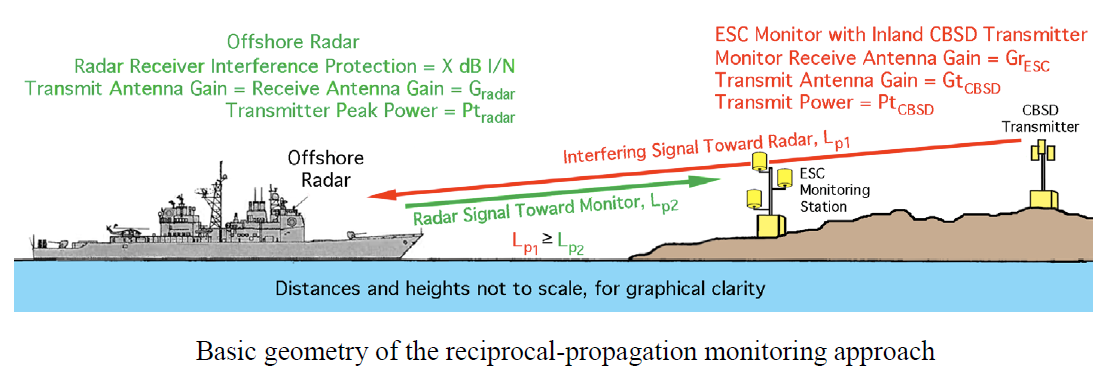New Report Outlines Possible Roadmap to Further Sharing of the 3.5 GHz Band
As we work to meet the President’s goal of making 500 megahertz of additional spectrum available for commercial wireless broadband, it has become clear that spectrum sharing will need to be part of the solution to meeting spectrum demand. Accordingly, NTIA is examining ways to improve the technology that would enable greater spectrum sharing between federal and nonfederal users.
In a new report released today, engineers from NTIA’s Institute for Telecommunication Sciences (ITS) and Office of Spectrum Management (OSM) propose a simple and robust method to implement spectrum sharing between commercial communications systems and federal radar operations in the 3550-3650 MHz (3.5 GHz) band.
In a 2010 “fast track” report, NTIA proposed shared commercial and federal use of the 3.5 GHz band as long as geographic exclusion zones protected critical high-powered radar systems operated by the Department of Defense (DoD). However, NTIA recognized that large exclusion zones could hamper the deployment of commercial broadband services and worked with both DoD and the Federal Communications Commission (FCC) to significantly reduce the size of the initial exclusion zones.
In April 2015, the FCC adopted an order implementing a phased approach to sharing between federal and nonfederal users in the 3.5 GHz band, which would make 150 megahertz of spectrum available for new Citizens Broadband Radio Service Devices (CBSD). In the first phase, commercial use is authorized outside of certain geographic exclusion zones along coastlines and near designated ground-based radar locations. A Spectrum Access System (SAS) will automatically assign and reassign channels to CBSDs based on rules outlined in the FCC’s order.
In the second phase, the exclusion zones would become protection zones. Commercial operations would be allowed in those zones through a system of environmental sensing capability (ESC) monitors that can inform the SAS when radars are operating so that the SAS can automatically direct the commercial systems to channels not occupied by radars. The ESC monitors need to be able to accurately detect federal radars and inform the SAS, but neither collect nor transmit information on radar movements or positions.
Today’s report follows the groundbreaking analysis and modeling techniques from ITS and OSM to shrink the exclusion/protection zones and proposes a feasible methodology to meet the ESC requirements in the FCC rules. The report, Using On-Shore Detected Radar Signal Power for Interference Protection of Off-Shore Radar Receivers, outlines a potential approach to ESC monitor configuration that would send the associated SAS a simple “go/no-go” signal based on a predetermined threshold of detected radar power level. Once such a signal is sent, the SAS could adjust CBSD channel assignments to protect radar receivers.
The method proposed in this report, which will require further research, allows for new commercial uses while protecting the security and integrity of military radars. It also builds on our efforts to maximize use of spectrum while ensuring that federal users can continue to carry out vital missions for the American people.

